Venture into Canada’s untamed wilderness on a thrilling wildlife safari that rivals the African savanna. From the majestic polar bears of Churchill, Manitoba, to the mighty moose roaming through the safari parks of Ontario, our vast nation offers unparalleled opportunities to witness North American wildlife in their natural habitat. Whether you’re tracking wolves in Algonquin Provincial Park, photographing grizzlies in the Rockies, or watching whales breach off the Atlantic coast, Canada’s diverse ecosystems provide intimate encounters with some of the planet’s most impressive creatures. Unlike traditional African safaris, Canadian wildlife viewing experiences blend rugged adventure with sustainable tourism, offering eco-conscious travelers the chance to observe native species while preserving their natural behaviors and habitats. Pack your camera, bring your binoculars, and prepare for an unforgettable journey through Canada’s wild kingdom – where every season unveils a new chapter in nature’s grand spectacle.
Top Wildlife Safari Destinations in Ontario
Algonquin Provincial Park
Nestled among Ontario’s hidden gems in Ontario, Algonquin Provincial Park offers some of the most memorable wildlife encounters you’ll ever experience. The park’s vast wilderness is home to an estimated 3,000 moose, making it one of the best places in Canada to spot these magnificent creatures. Spring and early summer mornings are prime time for moose viewing, especially along Highway 60 and in marshy areas where they feed on aquatic plants.
For an unforgettable evening experience, join the park’s famous wolf howling expeditions, typically held on Thursdays in August. Nothing quite matches the spine-tingling thrill of hearing a wolf pack respond to the naturalist’s calls echoing through the darkness. Remember to book these popular sessions well in advance!
Bird enthusiasts will be delighted by the park’s 278 recorded species. Spring migration brings warblers in abundance, while winter treats visitors to hardy residents like Gray Jays and Evening Grosbeaks. Don’t forget to pack your binoculars and visit the Visitor Centre’s viewing deck for expert tips on recent sightings.
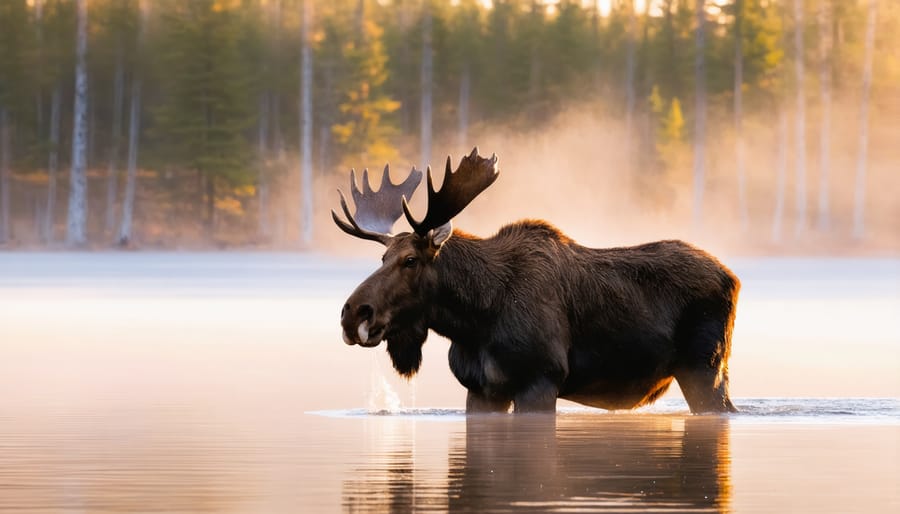
Bruce Peninsula National Park
Nestled along the stunning Niagara Escarpment, Bruce Peninsula National Park offers some of Ontario’s most exciting wildlife viewing opportunities. Black bears roam freely through the dense forests, particularly active during early morning and dusk hours. While bears tend to keep their distance, visitors should always maintain proper bear safety protocols and store food securely.
The park’s diverse ecosystem supports a healthy population of white-tailed deer, which can often be spotted gracefully moving through the woodland clearings or along the park’s numerous hiking trails. Spring and fall are particularly good seasons for deer watching, as they’re more active during these transitional periods.
Bird enthusiasts will be thrilled by the park’s remarkable avian residents. The limestone cliffs provide nesting grounds for rare species like the Peregrine Falcon, while the ancient cedar forests host countless songbirds. Keep your eyes peeled for the striking Eastern Bluebird and the elusive Black-throated Blue Warbler.
For the best wildlife viewing experience, try the early morning guided nature walks offered by park naturalists, who share their expert knowledge while helping you spot and identify different species safely and responsibly.
Point Pelee National Park
Point Pelee’s southernmost tip offers one of North America’s most spectacular wildlife viewing experiences, especially during the spring and fall migrations. As the smallest national park in Canada, this wedge-shaped peninsula extends into Lake Erie, creating a natural funnel for thousands of migratory birds and butterflies.
In spring, typically from March to May, the park becomes a colorful canvas as warblers, thrushes, and other songbirds stop to rest and refuel during their northern journey. The Festival of Birds in May draws nature enthusiasts from across the continent who gather to witness this remarkable spectacle. Pro tip: arrive at sunrise when bird activity peaks and the morning light creates perfect viewing conditions.
The park’s real magic happens in late September and early October when monarch butterflies gather by the thousands before their epic journey to Mexico. Picture yourself standing at the tip, surrounded by delicate orange wings floating on the breeze – it’s truly a bucket-list moment. The best viewing spots are along the Woodland Nature Trail and at the Tip observation platform.
For the best experience, bring binoculars and a field guide. The park’s visitor center offers guided tours and educational programs that help you identify different species. Remember to tread lightly and maintain distance from wildlife – this is their rest stop on a very long journey.
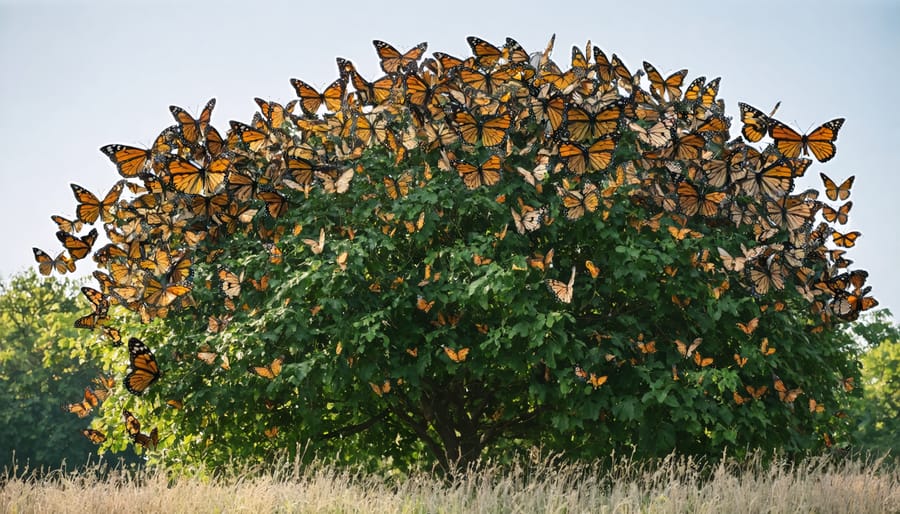
Seasonal Wildlife Viewing Guide
Spring and Summer Highlights
Spring and summer offer the most rewarding wildlife viewing opportunities across Ontario’s diverse landscapes. As the snow melts and temperatures rise, our wilderness comes alive with both resident and migratory species, making these seasons perfect for your Canadian safari adventure.
From May through June, witness the spectacular spring bird migration, when thousands of warblers, waterfowl, and shorebirds paint the skies with their vibrant colors. Popular spots like Point Pelee National Park become buzzing hotspots for bird enthusiasts, offering glimpses of rare species making their seasonal journey.
By late spring, large mammals become increasingly active. Black bears emerge from hibernation with their cubs, while moose can often be spotted feeding in wetlands during dawn and dusk. In Algonquin Provincial Park, your chances of seeing these magnificent creatures peak during June and July, especially along Highway 60 corridor.
Summer brings excellent opportunities to spot white-tailed deer, beaver, and river otters as they care for their young. The longer daylight hours mean extended viewing times, and the warm weather makes outdoor observation more comfortable. Keep your camera ready at wildlife viewing platforms and designated trails, where animals are most likely to appear.
Pro tip: Early mornings and late evenings typically offer the best wildlife viewing opportunities, as many animals are most active during these cooler hours. Remember to maintain respectful distances and bring binoculars for the best experience without disturbing our wild neighbors.
Fall and Winter Experiences
As temperatures drop and snow blankets the landscape, Ontario’s wildlife viewing opportunities transform into something truly magical. The fall migration brings thousands of Canada geese and other waterfowl to southern Ontario’s wetlands, creating spectacular V-formations across crisp autumn skies. Lucky observers might spot magnificent Snowy Owls that venture south from the Arctic, making their winter homes in open fields and shorelines.
Winter offers unique chances to track animals through the snow, revealing stories of nocturnal wildlife you might otherwise miss. Look for fox and wolf tracks, deer trails, and even otters sliding playfully down snowy banks. Many parks offer guided tracking experiences, perfect for families eager to learn wilderness detective skills.
The bare trees make spotting wildlife easier, and you’ll find moose foraging in wetlands, white-tailed deer gathering in “yards,” and elk herds moving through deeper snow. Join organized winter bird watching activities to spot hardy year-round residents like chickadees, cardinals, and blue jays.
Don’t forget to pack hand warmers and dress in layers – wildlife viewing in colder months requires proper preparation, but the reward of seeing animals in their winter adaptations makes it absolutely worthwhile. The silence of a snow-covered forest, broken only by the crunch of your snowshoes and the occasional call of a winter bird, creates an unforgettable safari experience.
Safari Safety and Etiquette
Wildlife Photography Tips
Capturing stunning wildlife photos requires patience, respect, and the right approach. Always maintain a safe distance – a good telephoto lens (300mm or longer) is your best friend here. Instead of chasing animals, find a quiet spot where wildlife naturally gathers and wait for them to come to you.
Early morning and late afternoon offer the best lighting conditions, known as the “golden hours.” Keep your camera ready but silent – turn off all sound effects and flash. Animals are more likely to appear when they don’t feel threatened, so wear neutral colors and avoid sudden movements.
Remember to photograph from eye level when possible – it creates more engaging shots and helps tell the animal’s story. Pack a lightweight tripod for stability, especially in low-light conditions. Most importantly, never bait or lure wildlife for a photo opportunity.
A great wildlife photo isn’t just about perfect composition – it’s about capturing natural behavior without disruption. If an animal shows signs of stress, like stopping their normal activities or looking alert, that’s your cue to back away slowly.
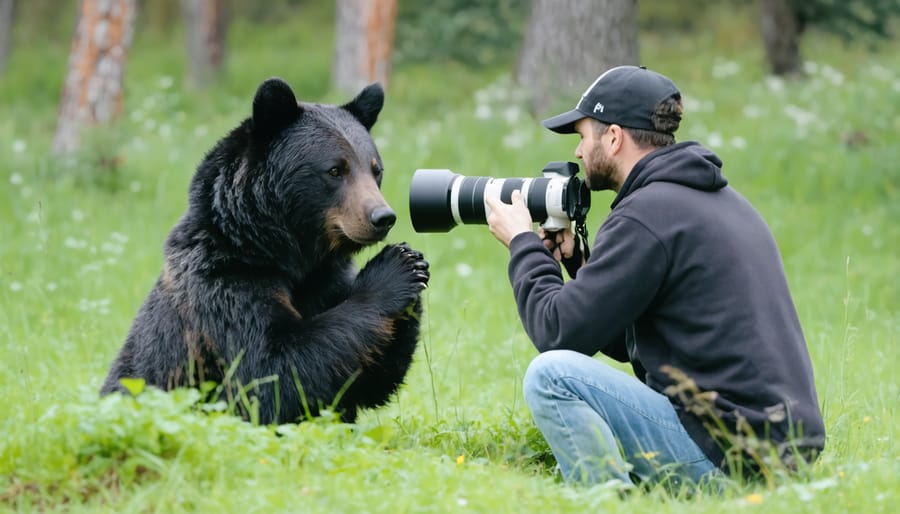
Safety Guidelines
When embarking on a wildlife safari in Canada, your safety and the well-being of our precious wildlife should always come first. Keep a minimum distance of 100 meters from large animals like moose and bears, and at least 30 meters from smaller wildlife. Never feed or approach wild animals, as this can alter their natural behaviors and create dangerous situations.
Always travel in small groups and make noise while hiking to avoid startling animals. Carry bear spray and know how to use it, especially in bear country. Keep your food sealed in airtight containers and store it in your vehicle or bear-proof storage when camping.
Use binoculars or zoom lenses for viewing and photography instead of getting closer to animals. If you encounter large wildlife, stay calm, speak in a firm voice, and slowly back away while keeping the animal in sight. Never run, as this can trigger a chase response.
During dawn and dusk, be extra vigilant as these are prime times for wildlife activity. Check weather conditions and trail reports before heading out, and always inform someone about your plans and expected return time. Remember, you’re a visitor in their habitat – respect and caution ensure everyone’s safety.
Planning Your Ontario Wildlife Safari
Essential Gear and Equipment
Being well-equipped is essential for a memorable and safe Canadian wildlife safari experience. Start with a good pair of binoculars (8×42 or 10×42 magnification) to observe animals from a respectful distance. A camera with a telephoto lens will help capture those special moments, but remember to pack extra batteries and memory cards.
Dress in layers, as Canadian weather can be unpredictable. Pack moisture-wicking base layers, insulating mid-layers, and a waterproof outer shell. Don’t forget a warm hat, gloves, and sturdy, waterproof hiking boots. During summer months, include sun protection (hat, sunscreen, sunglasses) and insect repellent.
Essential safety gear includes a first-aid kit, flashlight or headlamp with spare batteries, and a whistle. Carry bear spray in bear country and know how to use it. A detailed map of the area, compass, or GPS device will help you navigate safely.
For comfort during long wildlife viewing sessions, bring a lightweight, portable camping chair or cushion. Pack plenty of water and high-energy snacks. A thermos of hot beverages can be especially welcome during chilly morning or evening viewing times.
Pro tip: Keep a field guide handy for wildlife identification, and download relevant wildlife tracking apps before heading out. Consider bringing walking poles for extra stability on uneven terrain, especially during winter safaris.
Remember to pack everything in waterproof bags and keep your gear organized in a comfortable daypack that distributes weight evenly.
Guided Tours vs. Self-Guided Experiences
When exploring Canada’s wildlife, you have two fantastic options: guided tours and self-guided adventures. Each offers unique benefits that cater to different types of travelers and comfort levels.
Guided tours provide expert naturalists who know exactly where to spot specific animals and can share fascinating insights about their behaviors and habitats. These professional guides are well-versed in tracking techniques and often have access to exclusive viewing areas. They’ll handle all the logistics, from transportation to safety protocols, letting you focus entirely on the experience. Plus, they’re equipped with high-quality spotting scopes and binoculars you can use.
For the more independent adventurer, self-guided experiences offer flexibility and intimacy with nature. You can explore at your own pace, lingering at spots that interest you most, and even pack a picnic to enjoy while wildlife watching. Many parks offer detailed maps and well-marked best park trails perfect for solo exploration.
Insider Tip: Consider starting with a guided tour to learn the basics, then venture out on your own once you’re comfortable. Many parks offer both options, allowing you to mix and match based on your confidence level and the specific wildlife you hope to encounter. Remember, whether guided or self-guided, always prioritize responsible wildlife viewing practices to protect both yourself and the animals.
Ontario’s wildlife safaris offer an unforgettable way to connect with Canada’s magnificent natural heritage right in our own backyard. From the thrill of spotting a majestic moose in Algonquin Park to witnessing the graceful flight of thousands of migrating birds at Point Pelee, these experiences create lasting memories that remind us of the incredible biodiversity our province harbors.
Remember to plan your safari adventure according to the seasons – spring and fall offer prime wildlife viewing opportunities, while summer provides extended daylight hours for exploration. Always pack essential gear like binoculars, weather-appropriate clothing, and a good camera to capture those special moments. Most importantly, maintain a respectful distance from wildlife and follow Leave No Trace principles to protect these precious ecosystems for future generations.
Consider joining guided tours when starting out, as experienced naturalists can enhance your wildlife viewing experience with their knowledge and expertise. They’ll help you spot animals you might miss on your own and share fascinating insights about Ontario’s diverse ecosystems.
Whether you’re a seasoned nature enthusiast or a family looking for a new outdoor adventure, Ontario’s wildlife safaris provide the perfect blend of excitement, education, and natural wonder. By following responsible wildlife viewing practices and supporting local conservation efforts, we can all play a part in preserving these extraordinary wilderness experiences for years to come.
Start planning your Ontario wildlife safari today – adventure awaits in our wild spaces!

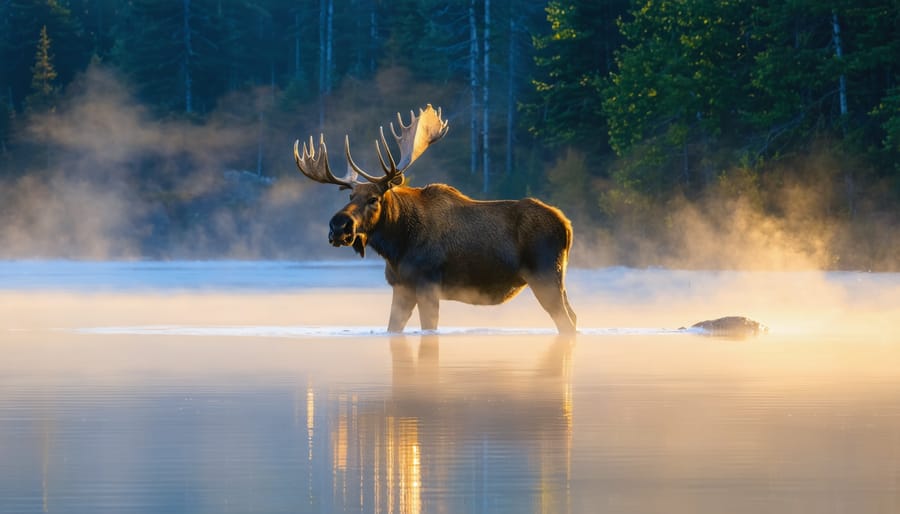
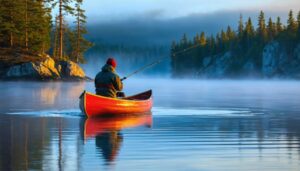


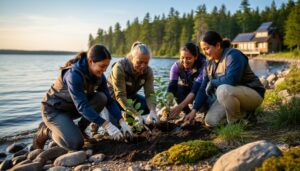
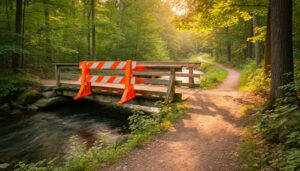

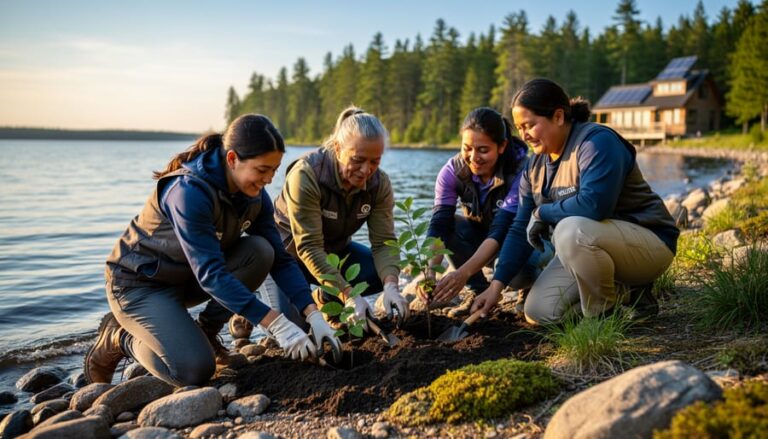
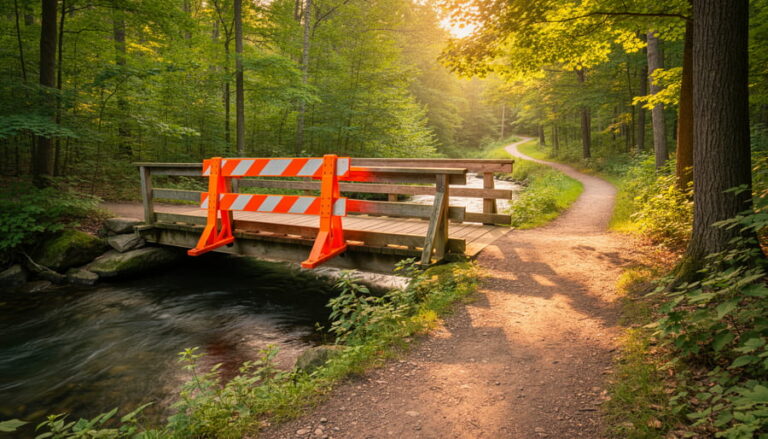

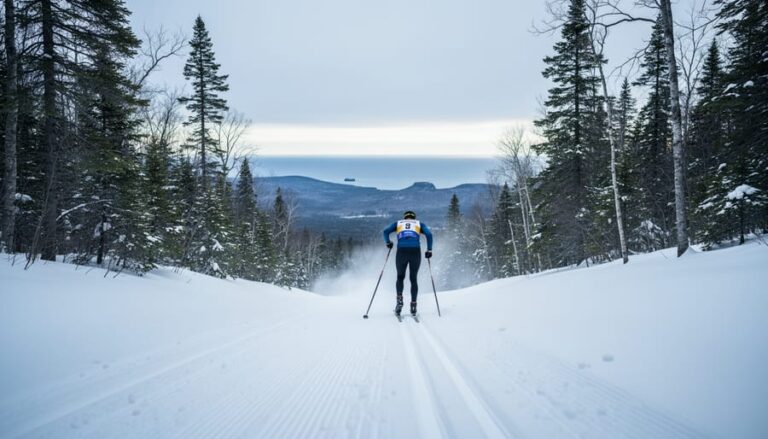

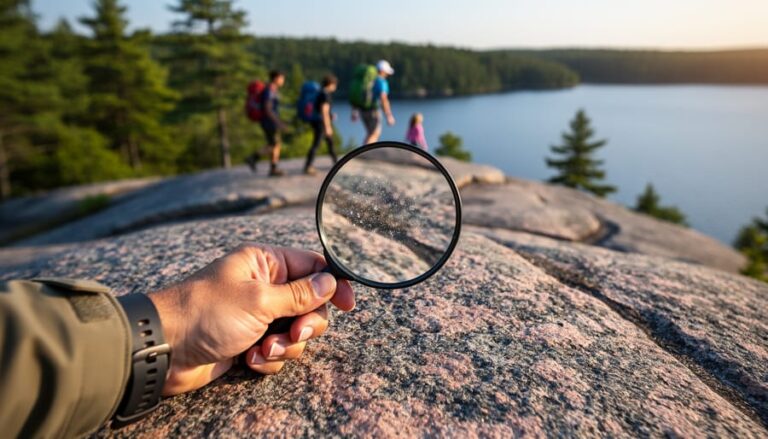
+ There are no comments
Add yours